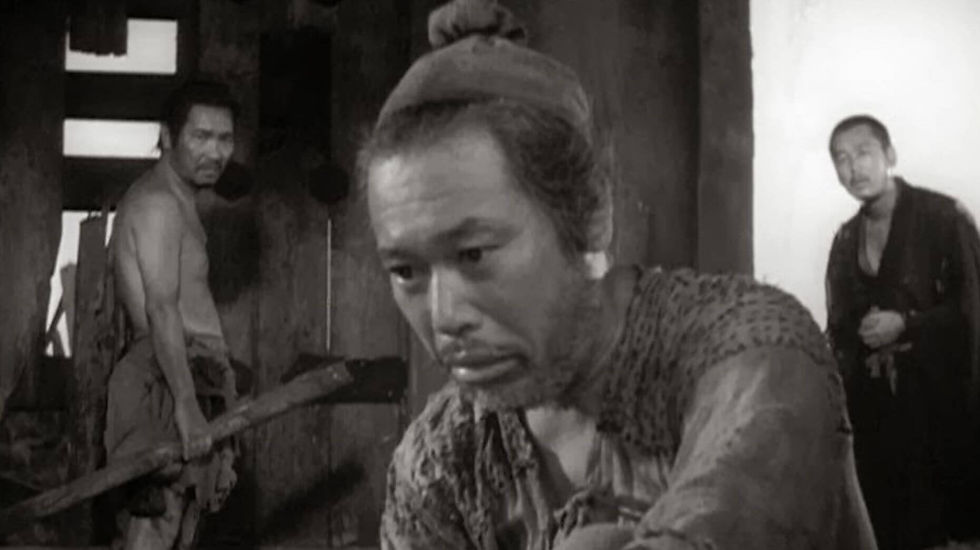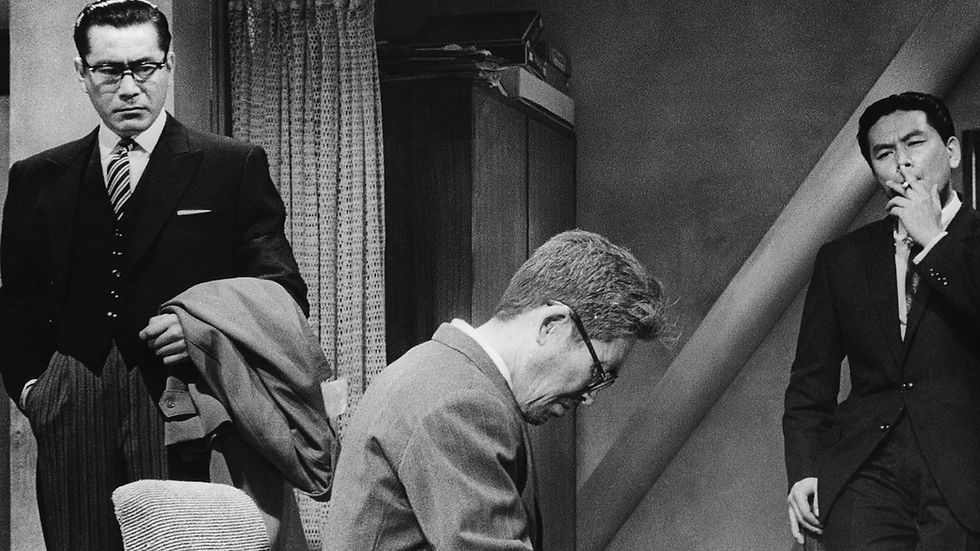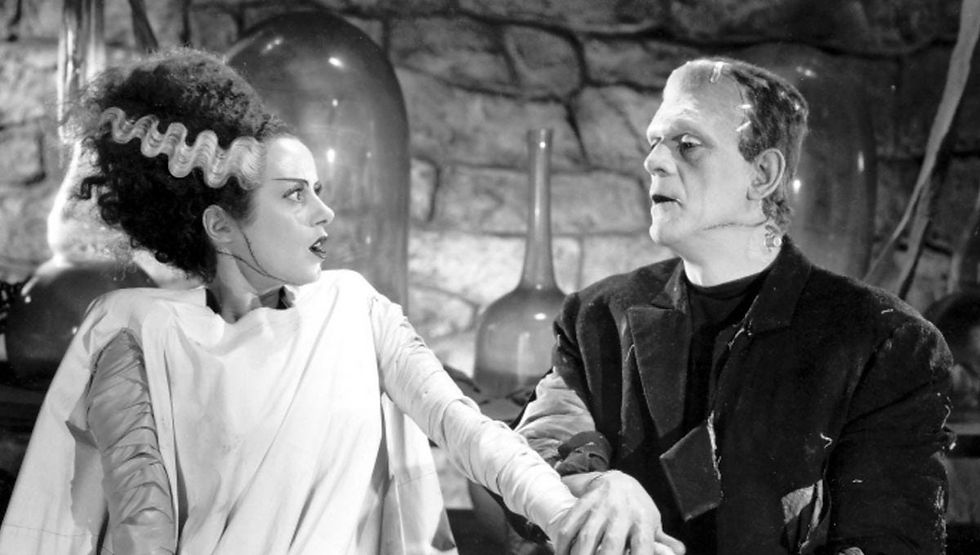Rashōmon (1950) Review - Dylan McCully
- Dylan McCully
- Sep 21, 2023
- 2 min read
Updated: Oct 3, 2023
Written by Dylan McCully, 10/16/22
Dylan McCully's Cinema: https://www.imdb.com/list/ls521125877/

In the scripture that cinema is built upon, Rashomon is one of the key verses. The narrative structure of Rashomon is so influential that it got it's own name in the textbooks - The Rashomon Effect - telling the same story from multiple, sometimes contradictory points of view. We see this all the time today, but in 1950, Kurosawa was the one writing the textbook.
The film opens on a rainy day with two men sitting under Rashomon, the city gate in Kyoto, Japan. One is a woodcutter (played by Takashi Shimura), one is a priest (played by Minoru Chiaki). A commoner joins them to avoid the rain, and the woodcutter begins to share the story that we will hear many different times, all from different perspectives. The woodcutter finds a dead body in the forest, and has to testify for the police. The framing at the trial scene is perfect, a full shot of the woodcutter against a light background, with Shimura placed symmetric in frame. The priest testifies in the same position, this time with Shimura in the background. The priest joins Shimura in the background as we are introduced to Toshiro Mifune's character, the bandit. All the characters, the setting, and the dilemna are set up perfectly in the span of a few minutes. I'm not going to go in depth about the plot as I usually do. This is because the audience is supposed to be thinking about each story, not about a true resolution, so spoiling the stories told is practically spoiling the film.

One of my favorite shots in the film is during the bandit's story, when we get an establishing shot of the wife sitting by the edge of a lake in a pure white veil, contrasted against the dark background. I love the mise en scene of the trial scenes that I've already mentioned, but it works so well and could have been done differently under a different director. Where the actors are looking is a subtle detail that enhances each scene. The first time we see Mifune as the bandit, he is completely still, looking into the distance. Other characters are almost looking directly at the camera. There are some great dolly shots in these trial scenes, too. Another detail is the way Kurosawa shoots each story in different, subtle ways, obviously because of the new point of views. The story is almost that of a mystery, with new details being slowly revealed throughout, yet we don't know what is true or not. My favorite scene of the film is the philosophical dilemna presented after all the stories have been told, that all people are driven by selfish acts. Shimura's acting during this scene is particularly special and emotive. The shot of the woodcutter and the priest after the commoner leaves speaks volumes about the characters and the nature of life itself.
Rashomon is perfect in its simplicity, but complex in its subtlety. There are only three sets, a handful of actors, yet the larger picture the film portrays will captivate and enlighten audiences forever. Not just a masterpiece, but an important story. 9/10
Akira Kurosawa Ranking:
Rashomon (1950) - 9/10
Stray Dog (1949) - 7.5/10
Drunken Angel (1948) - 6.5/10






Comments